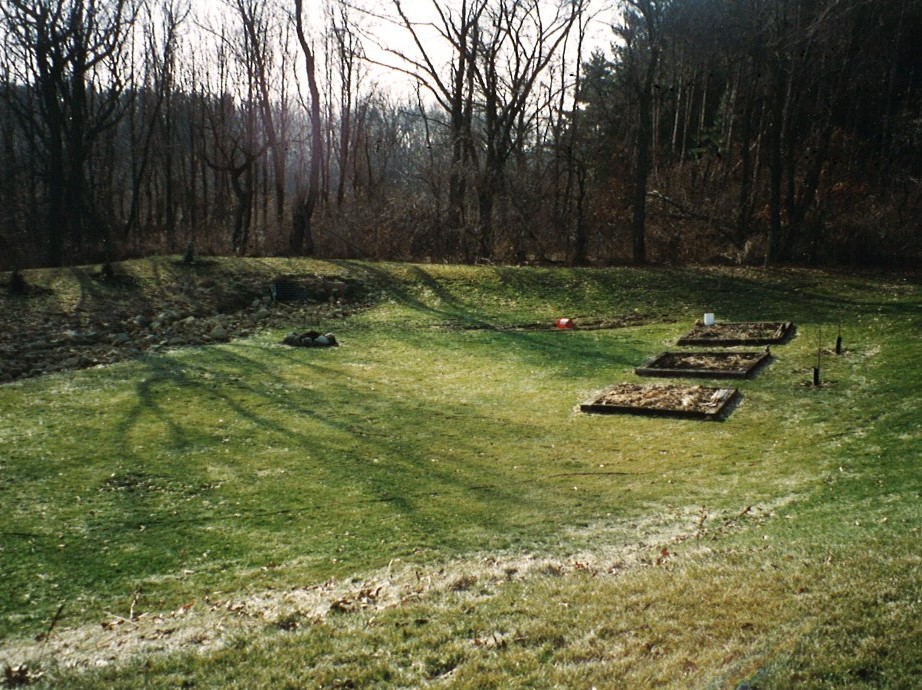
Dry Detention Basin
Asset Type : Enhanced
Water Classification:
Stormwater
Combined Sewer Overflows
Stormwater
Combined Sewer Overflows
Construction Rank :
4
O&M Rank :
4
How it Works : Dry detention basins, also called dry ponds, are stormwater basins that are designed to intercept a volume of stormwater runoff and temporarily impound the water for gradual release to the receiving stream or stormwater system.
O&M Required : The necessary O&M will include dredging accumulated sediment, vegetation management, inspecting the dry detention basin regularly (several times a year) and particularly after heavy rainfall events. Record all observations and measurements taken, perform any maintenance and repair erosion promptly, remove debris and trash after storm events, check outlet structure regularly for clogging, remove sediment when accumulation becomes noticeable (1” to 2” over a wide area) or if resuspension is observed or probable. Sediment may be permitted to accumulate if the detention basin volume has been overdesigned with adequate controls to prevent further sediment movement. If a sand underdrain is used, look for reduced infiltration or ponded water; sand layer replacement may be needed. Maintain a thick and healthy stand of vegetation (usually grass). Mow or trim at regular intervals to encourage thick growth. Remove trees or nuisance vegetation as necessary to ensure structural integrity of the basin. Ensure that repairs are made to walkways, picnic tables, signs and public recreation equipment as needed. If both the operational and aesthetic characteristics of a dry detention basin are not properly maintained, then it becomes an eyesore and has a negative environmental impact.
Design Considerations : The outlet area should be a deeper micropool to provide final settling and prevent resuspension of sediments. The outlet pipe should be located in the pond embankment wherever possible for ease of maintenance. In some cases, emergency spillways should be included in the basin design. The basin should include a low-flow drain to assist in maintenance of the detention area. Proper design and maintenance of the embankments will prolong the integrity of the basin structure. The embankments should have minimum side slopes of 3:1 and a top width of at least 4 feet, and should be well vegetated. A low flow vegetated channel may need to be installed in the basin to ensure that the basin dries out completely between storm events. Scour control is important to maintain the function of the dry detention basin and reduce erosion. All federal, state, and local permit requirements must be established prior to construction of the dry detention basin.
Costs : Costs may range from less than $1.00 to more than $1.50 per cubic foot of detention, depending on the size of the basin. Costs will also vary depending on the existing condition, vegetation, and amount of excavation and construction to be completed.
Benefits : A dry detention basin reduces peak flow rate and energy of stormwater discharges, therefore limiting downstream erosion and scouring. It has good potential for removal of sediments and can be used for recreation when dry. It can also serve as green space, supporting wet prairie functions and wildlife habitat. Native plants reduce mowing costs.
References:
Image by: Aaron Volkening via https://www.flickr.com/photos/87297882@N03/8161920531